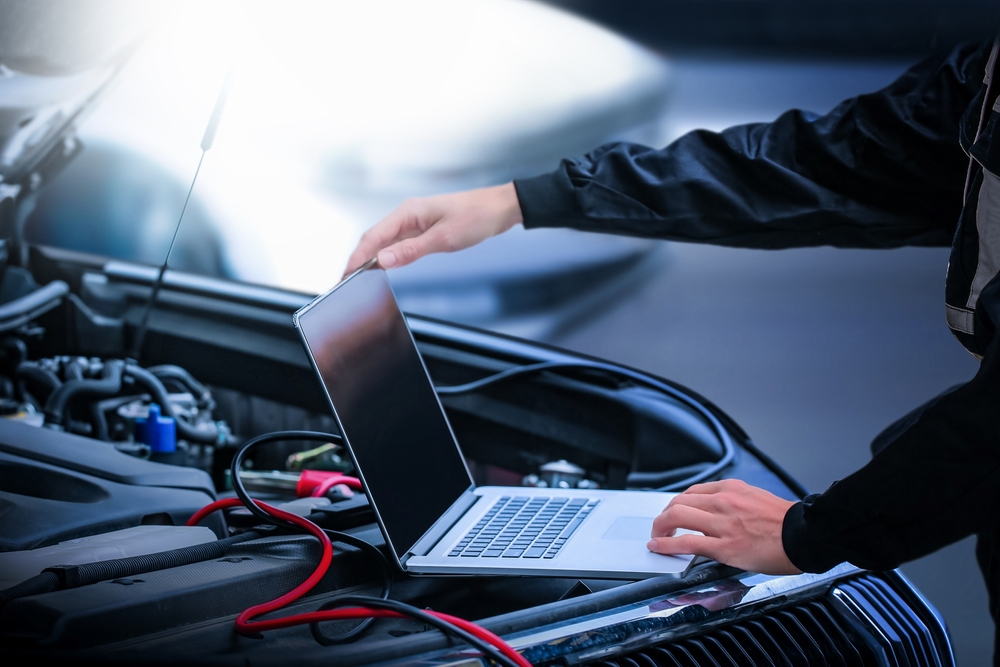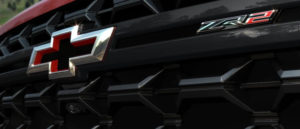Electric vehicles (EVs) are increasingly popular for many reasons. EVs don’t produce harmful emissions like gas-powered vehicles, resulting in cleaner air and better public health. Electric cars and trucks also have a significantly lower cost of ownership because they require less maintenance. In fact, electric car maintenance costs about a third of what gas-powered vehicles require. Electric vehicles don’t need oil changes, tuneups, or other typical car maintenance but still require routine care. Here are the essential maintenance areas for keeping EVs in peak condition.
Electric Vehicle Batteries
Batteries are core components for powering EVs, so it’s no surprise they are a critical part of EV maintenance. Most EV manufacturers offer extensive battery warranties, up to 100,000 miles in some models. When EV batteries can no longer charge, it’s time to replace them. While these specialty batteries have significantly decreased in cost over the last few years, they can still be expensive. Here are a few electric car maintenance tips for longer battery life.
Understand EV Battery Limitations
EV batteries require auxiliary cooling and heating systems to keep temperatures at optimal levels. Battery systems in electric vehicles must be preheated in cold temperatures before fast charging and work best in a 68°F and 77°F temperature range. Cooling is typically provided by a liquid cooling system, and heating is managed by heat pumps or other thermal management components.
Fast Chargers Can Reduce Battery Life
Fast EV chargers are convenient and fast, but can degrade batteries faster than 120- to 240-volt chargers. Additionally, fast-charging costs can be similar to gas-powered vehicle fuel costs. While rapid chargers don’t cause immediate damage, using them often can reduce a battery’s charge capacity and driving range. To prevent battery degradation, only use fast chargers when there are no other options.
Avoid Overcharging
EV batteries can degrade more quickly when drained completely or charged to full capacity. While many automakers design batteries with a safeguard against a 100 percent charge, complete discharging is still an issue. A rule of thumb is not to let an EV battery drop below 30 percent. It’s also important not to charge batteries more frequently than needed to keep them in peak condition.
EV Tire Maintenance
EV batteries add significant weight to electric vehicles, making tire maintenance necessary for electric cars more frequently. Typically, a gas-powered model can weigh up to 800 pounds less than the same model with an EV system. That additional weight means tires on an electric vehicle can wear down up to 20 percent faster than comparable tires on a gas-powered vehicle. Further reducing tire longevity is the on-demand torque in EVs, which can contribute to bad driving habits like jackrabbit starts. To help EV tires last longer, practice good driving habits, check tires regularly, and make rotation a regular part of an EV maintenance checklist.
Other Maintenance On Electric Cars
While battery and tire maintenance for EVs require a different approach than maintenance on gas-powered vehicles, other maintenance is very similar. Wiper blades, washer fluid, brake fluid, and cabin air filters are part of EV maintenance, just like on gas-powered vehicles. Here’s a breakdown of maintenance for daily driving:
Cooling Systems
EVs use air or liquid coolant systems to maintain optimal battery temperatures, with liquid cooling being the most popular. The typical liquid coolant coolant recommended for electric vehicles is a glycol-based formula similar to those used for gas-powered cars. Like gas-powered cars, maintenance on electric cars includes recharging, flushing, and other cooling system maintenance. It’s essential to inspect cooling system hoses and the cooling system levels.
Braking System
EV brake pads and rotors wear much more slowly than those on conventional cars because of the regenerative braking function. This EV feature engages the motor to slow down a car by recovering its kinetic energy before engaging the mechanical braking system. Because the pads and rotors are engaged less frequently, they can last much longer. That being said, brakes on an EV and brake fluid levels must still be inspected regularly as part of recommended electric car maintenance.
Electric Car Maintenance By the Numbers
So, what maintenance does an electric car need? EV design eliminates more than 20 mechanical components compared to their gas-powered counterparts. Fewer mechanical parts translate into significantly reduced maintenance and a much lower cost of ownership. To reduce maintenance frequency and costs even further, following a typical EV maintenance schedule like this one is vital:
Every 7,500 miles
- Have the tires inspected, rotated, and aligned if needed.
- Have the brake pads, rotors inspected, fluid levels, and hoses inspected.
- Check coolant levels for the batteries, cabin heater, power inverter, and charger modules.
- Have chassis, suspension, and steering components checked.
- Have the drive shafts and half shafts inspected for damage like leaks and excess wear.
- Have the gas struts inspected for damage.
Every 15,000 miles:
- Replace the windshield wiper blades.
Every 36,000 miles:
- Replace the cabin air filter.
Every 75,000 miles:
- Have the suspension gas struts replaced and the cooling circuits serviced.
Maintenance of electric cars is considerably less complicated and costly than maintaining a gas or diesel-powered vehicle. However, the cost of ownership for an electric vehicle can vary significantly from manufacturer to manufacturer and from model to model. If you’re shopping for an EV or Hybrid, do your homework by researching online to get the complete picture.
Car Time Supercenter: Tucson’s Used Car Experts
When you understand electric car maintenance and do your part to keep an EV in optimal condition, the cost of ownership can shrink significantly. Following these DIY car maintenance tips saves money and trips to the service department, but it’s critical to rely on the pros for critical services. Whether you use our maintenance guides for your ride or are on the hunt for your next car, Car Time Supercenter keeps Tucson driving.

There are good reasons people will buy their next used car in Tucson from Car Time Supercenter. But I think we are one of the most trusted used car dealerships mainly because we treat everyone like family. My family has provided quality, dependable local used cars to Tucson customers since 1984, and I’m proud to be a part of our continued success.
Like many family-owned businesses, I grew up going to work with my dad. Falling in love with cars was natural because of my father’s passion, and eventually, I came to love the car business just like him. I officially joined the Car Time Supercenter team in 2012, starting in the finance department. Over the past decade, I’ve learned the used car business and how to treat customers from my family and industry resources.
Today, I oversee marketing, social media, inventory, and reconditioning, so I play an essential role in delivering local Tucson used car buyers the best experience possible. I also help our family business keep up with the times while providing old-fashioned customer service. From attending NADA classes to becoming Allstate certified for back-end products, I continue to learn and add skills to serve our customers better.




